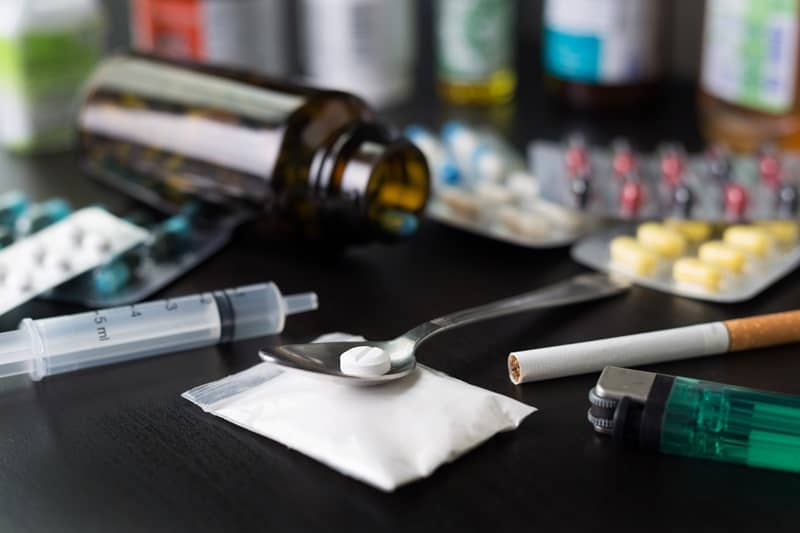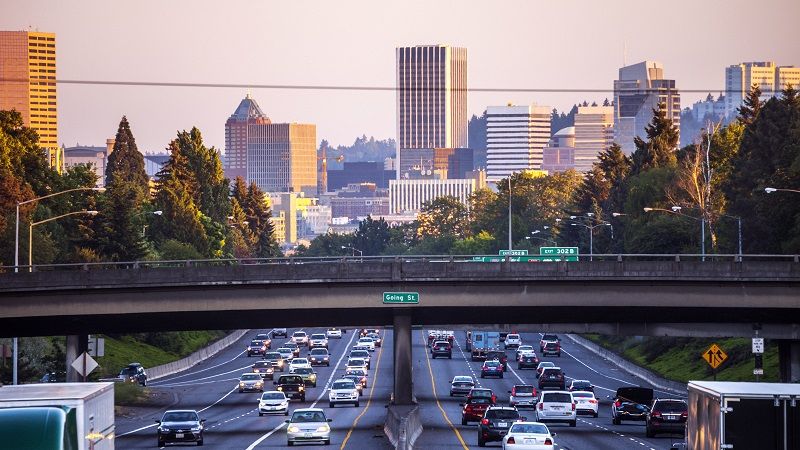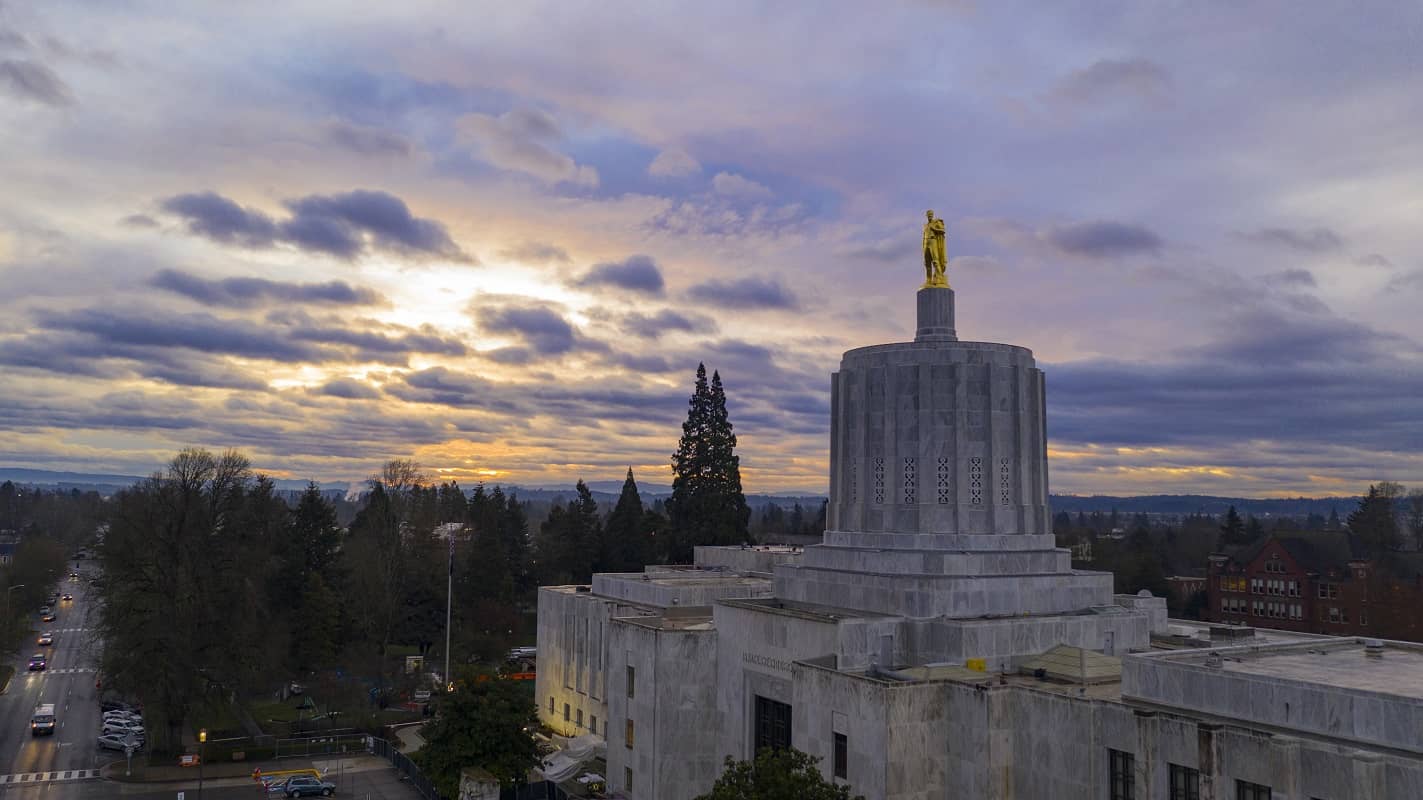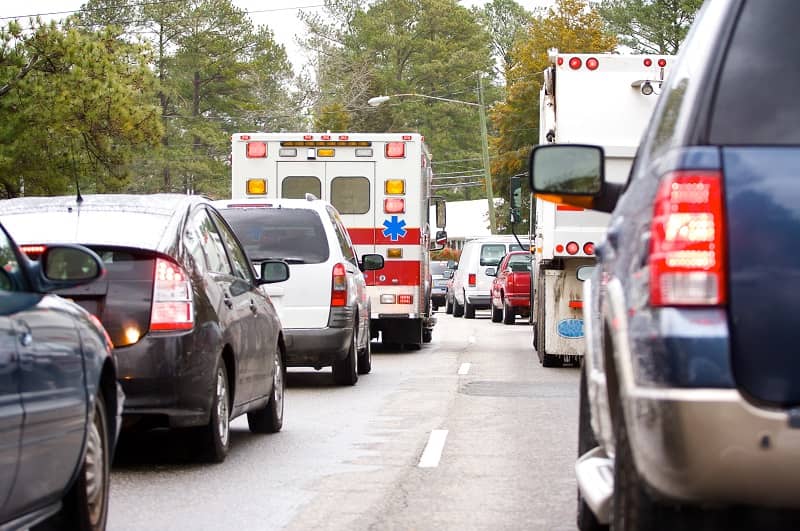John A. Charles, Jr.
President & CEO
February 7, 2024
Cascade’s mission is to promote public policies based on the principles of individual liberty, economic opportunity, and personal responsibility. In 2020 Cascade studied M 110 and decided to remain neutral. Since then, we have analyzed most of the publicly available information regarding implementation. Our recommendations are summarized below:
Outlaw public consumption. Mere possession of a controlled substance does not harm others; public use is the problem. Decriminalization advocates point to Portugal as a model for Oregon, and public consumption is outlawed in Portugal. SB 1555 takes this approach in Section 2.
Abolish the M 110 Oversight and Accountability Council (OAC). The OAC has been highly dysfunctional since the beginning. The responsibilities of the OAC should be brought into the OHA or the ADPC. SB 1555 chooses the ADPC in Section 32.
Eliminate the M 110 requirement that the statewide drug “hotline” and related addiction recovery services be open every hour of the year. The required statewide drug hotline has been so underutilized that it has cost taxpayers roughly $7,000 per call received. There is no policy rationale for round-the-clock access to services.
Abolish the “Drug Treatment and Recovery Fund” and eliminate guaranteed access to cannabis tax revenue. M 110 hijacked two thirds of the cannabis tax revenue. Providing an executive branch agency with a guaranteed revenue stream is not a good idea.
First, it means little or no oversight by elected members of the state legislature. Second, it means that the job will never be finished. The addiction bureaucracy will steadily grow in direct proportion to increasing revenues. We have seen this with TriMet and the Energy Trust of Oregon.
The required services under M 110 should be financed through the normal legislative Ways and Means process.
Restore the original focus on Addiction Recovery . The most prominent feature of M 110 was the requirement that at least 13 Addiction Recovery Centers (ARCs) be established. Yet six months later, the legislature repealed this provision through SB 755, and replaced ARCs with Behavioral Health Resource Networks (BHRNs).
The policy goal of BHRNs seems to be “harm reduction”, and there is a conflict between these two approaches. In the most recent SOS audit, the auditors found that 25% of applicants for M 110 money were denied. A primary reason was that some applicants were not offering “low barrier treatment.” In the words of the auditors:
Providers were denied who required sobriety for housing or supportive employment, conducted random house calls, or followed other practices not in line with low-barrier treatment and harm reduction.”
If requiring sobriety is not allowed to be a condition of participating in a taxpayer-funded treatment program, then pretty clearly addiction recovery is not a priority.
Harm reduction simply enables dysfunctional behavior. An alternative approach that Oregon should experiment with is “contingency management” (CM). According to one research paper:
Contingency management refers to a type of behavioral therapy in which individuals are ‘reinforced’, or rewarded, for evidence of positive behavioral change. These interventions have been widely tested and evaluated in the context of substance misuse treatment, and they most often involve provision of monetary-based rewards for submission of drug-negative urine specimens. The rewards typically consist of vouchers exchangeable for retail goods and services or the opportunity to win prizes.
In 2021 the California legislature authorized the nation’s first contingency management pilot program for certain drug users who abstain from using stimulants like cocaine and methamphetamine. The funding comes primarily through the state’s Medicaid program.
Los Angeles County, which has about 20 outpatient treatment centers enrolling patients in the program, is one of two dozen counties that are participating in the initiative. According to state officials, 88 percent of California’s Medi-Cal population lives in the participating counties. The program is expected to cost roughly $50 million.The program lasts 24 weeks for participants.
According to the California Department of Health Care Services, contingency management “is the only treatment that has demonstrated robust outcomes for individuals living with stimulant use disorder.”
In reviewing the many news stories, audits and public statements that have been made about M 110 since 2020, I found no mention of contingency management. Oregon should consider testing CM in a pilot project, as California is doing.












